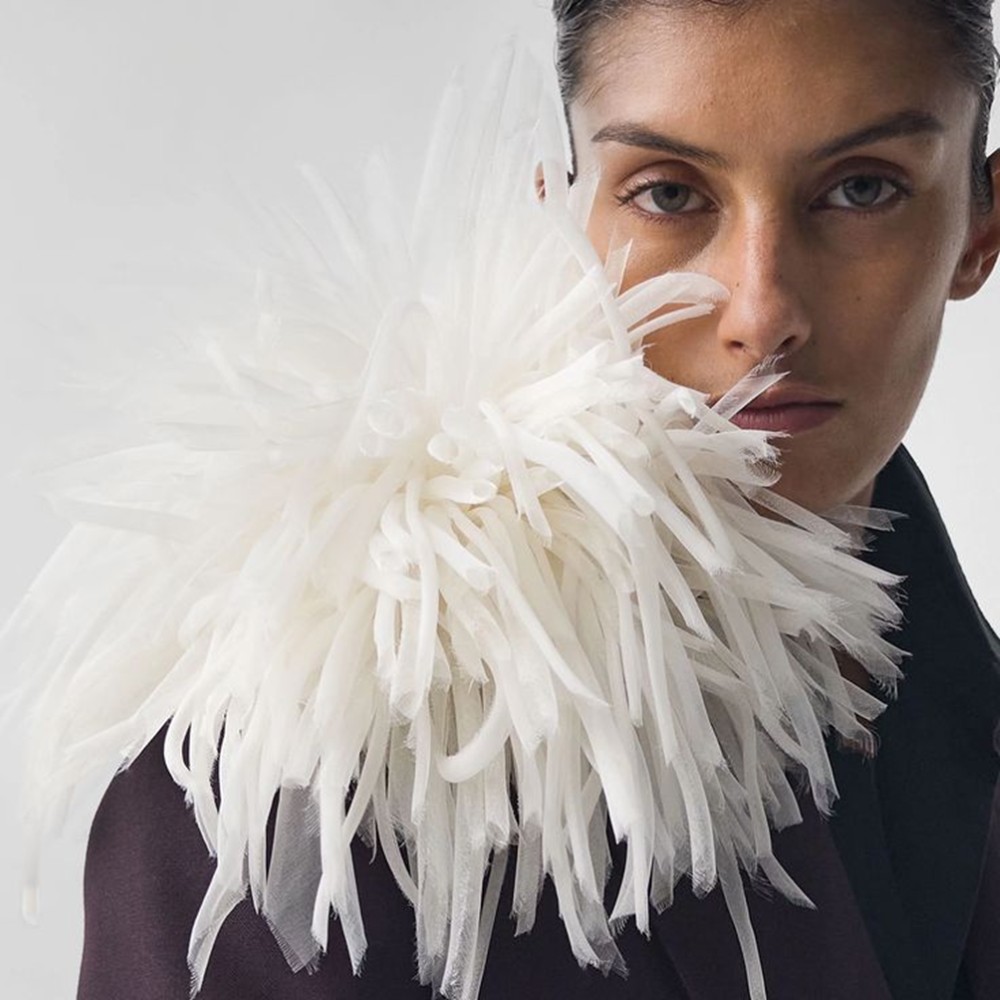What Does Cashmere Smell Like? Everything You Want to Know About Cashmere Is Here!
Cashmere isn’t just a fabric. It’s an experience, a blend of nature’s ingenuity and human craftsmanship. I’ve spent years wearing it, researching it, and falling for it, and now I’ve packed everything you want to know about cashmere into this article that from its standout qualities to its environmental story. Here’s why this fabric has my heart and why it might win yours too.
1. Advantages of Cashmere Fabric
When I first slipped right into a cashmere sweater, it felt like a warm hug that soft, light, and one way or the other expensive without being ostentatious. That moment made me curious about why this cloth has this type of keep on humans, from fashionistas to everyday parents like me. Cashmere isn’t just another fabric; it’s a standout for reasons rooted in its unique homes, and the extra I’ve discovered, the greater I respect what units it apart.
(PIC From PIN)

Softness and Comfort
Cashmere comes from the downy undercoat of cashmere goats, generally raised in harsh climates like Mongolia and the Himalayas. The fibers are particularly exceptional, averaging 14-19 microns in diameter that a good buy thinner than the 25-40 microns of ordinary sheep’s wool, in step with the Cashmere and Camel Hair Manufacturers Institute (CCMI). This fineness is what gives cashmere its signature softness, a pleasant that’s been prized because it traveled the Silk Road centuries in the past. I’ve held coarser wool before, and the distinction is night time and day that cashmere feels love it melts against your skin.
Warmth Without Weight
What really surprised me was how warm cashmere is for something so light. Textile experts, like those at The Woolmark Company, note that cashmere is up to eight times more insulating than regular wool by weight. A single goat produces just 150-200 grams of usable fiber per year, per CCMI, and a typical sweater weighs only 200-300 grams yet it can keep you cozy in a biting winter wind. I’ve worn heavier jackets that didn’t insulate half of as properly. This lightweight warmth makes it ideal for layering or standalone portions, explaining why a cashmere headscarf looks like a secret weapon in opposition to the cold.
(PIC From PIN)
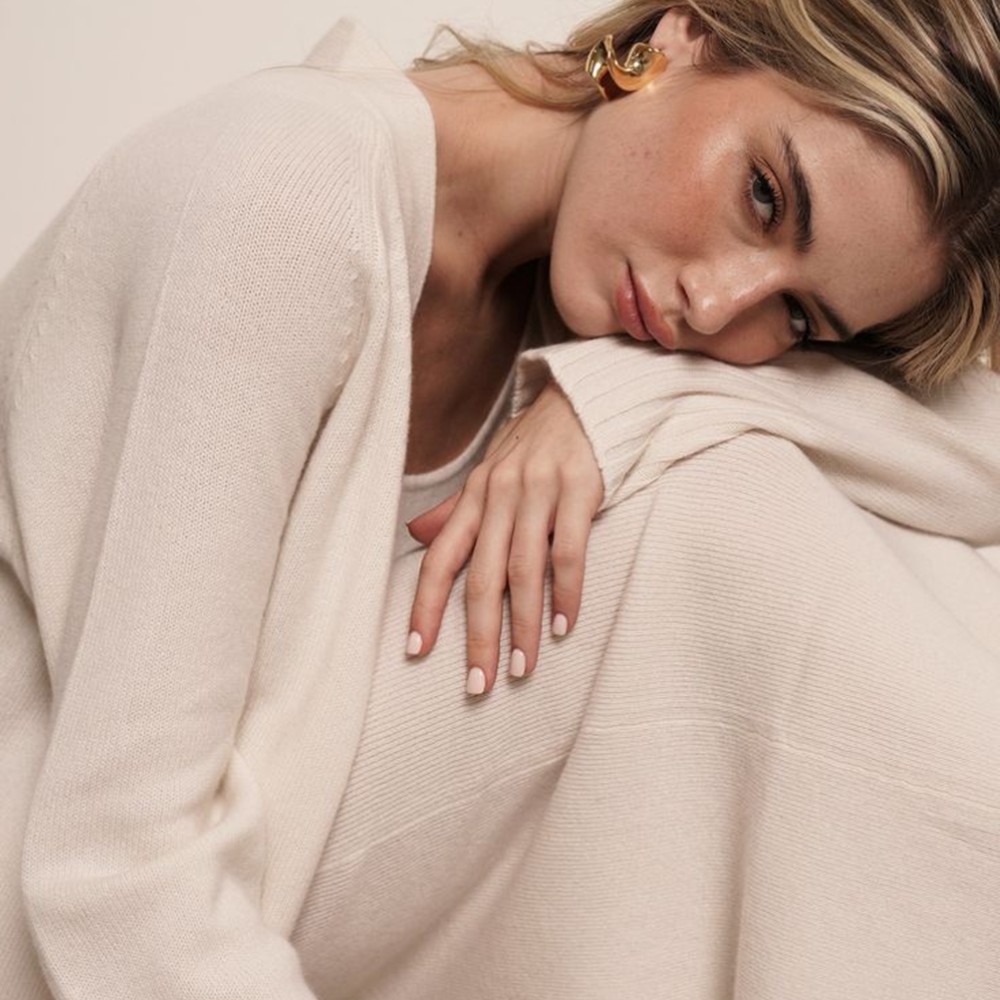
Durability That Lasts
At first, I worried that something so delicate-looking might wear out fast, but cashmere has a resilience that’s often overlooked. When cared for properly think hand-washing with mild soap and air-drying. And it resists pilling and holds its shape over years. A 2022 study by Textile Research Journal found that high-quality cashmere fibers, especially those longer than 36 mm (like Grade A), have a tensile strength that rivals finer wools, making them less prone to tearing. My own cashmere scarf, now three years old, still looks nearly new despite regular use. That durability justifies the price tag, which can range from $100 to $300 for a sweater, according to retail data from Consumer Reports.
Breathability for All Seasons
Another perk I’ve observed is how cashmere adapts to special temperatures. Unlike artificial fabric that lure warmness and go away you sweaty, cashmere’s herbal breathability keeps you cushty whether or not it’s a chilly spring morning or a crisp fall evening. This comes from its hollow-middle fiber structure, which regulates moisture and air, as defined with the aid of National Geographic of their coverage of cashmere goats’ variations to severe climates. I’ve worn a cashmere top in milder climate and never felt stifled. The a versatility that synthetic blends can’t fit.
A Touch of Luxury with Practicality
There’s an plain status to cashmere that’s been a staple of luxury brands like Loro Piana and Burberry for many years. But it’s not pretty much reputation. The fabric’s hypoallergenic nature, lacking the lanolin found in most sheep wool, makes it gentler on sensitive skin, a fact backed by dermatological insights from Healthline. Pair that with its ability to elevate even a simple outfit, and you’ve got a material that’s both indulgent and functional.
(PIC From PIN)
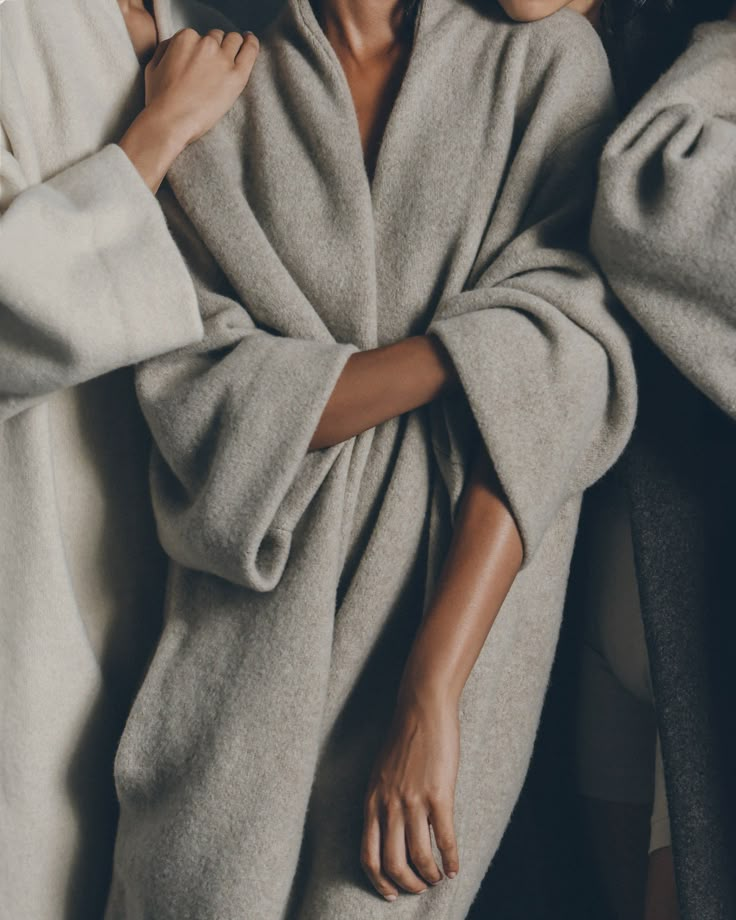
The Rarity Factor
Cashmere’s benefits tie lower back to its scarcity. Global production hovers round 15,000-20,000 metric tons yearly, an insignificant fraction of the 2 million heaps of sheep’s wool produced, according to the Food and Agriculture Organization (FAO). That rarity coupled with the exertions-in depth procedure of combing, sorting, and spinning that drives its fee however additionally its appeal. Knowing that my sweater came from just a handful of goats grazing on Mongolia’s steppes adds a layer of appreciation I didn’t assume.
In brief, cashmere gives a mix of softness, warm temperature, sturdiness, and versatility that’s hard to find some place else. It’s no marvel it’s been cherished for centuries and why I maintain achieving for it while comfort matters maximum.
2. Types of Cashmere and Their Unique Qualities
When I started out digging into cashmere, I assumed it became all the same that smooth, pricey, and fancy. But the extra I explored, the more I found out there’s a whole spectrum of cashmere types, each with its personal persona. From the goats it comes from to how it’s processed, these differences shape what finally ends up to your wardrobe. Here’s what I’ve learned about the main sorts and what makes them special.
Grade A Cashmere: The Cream of the Crop
If cashmere had a VIP list, Grade A would be at the top. This is the finest stuff that long, silky fibers with diameters below 15.5 microns and lengths around 36-40 mm. Most of it comes from Inner Mongolia and northern China, where the cold drives goats to grow thick, high-quality undercoats. According to a 2021 Preferred Fiber & Materials Market Report by Textile Exchange, Grade A makes up less than 20% of global cashmere production, which explains why it’s so pricey—think $200+ for a sweater from brands like Loro Piana. I’ve felt Grade A in a scarf once, and it’s almost impossibly smooth, like running your fingers through a cloud.
(PIC From PIN)
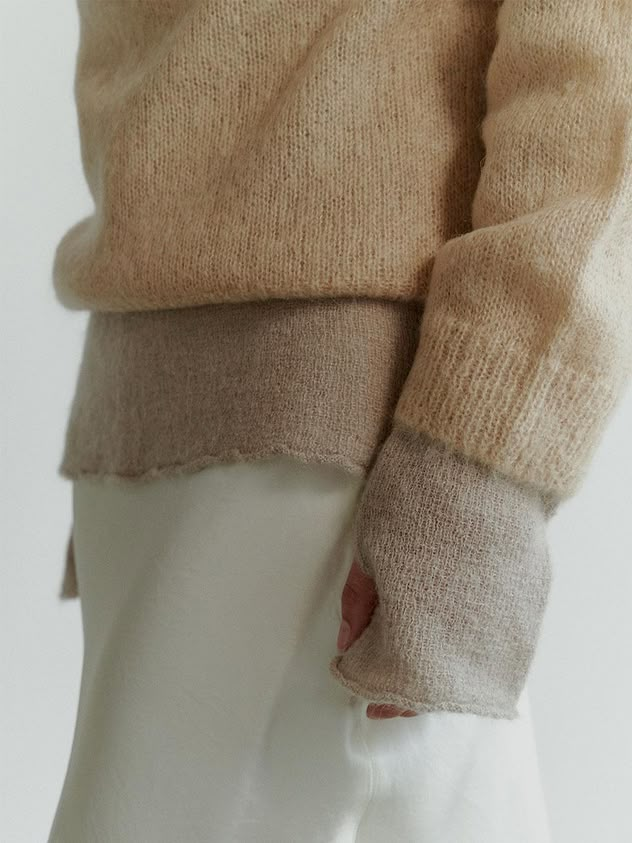
Grade B and C: The Everyday Options
Not every piece of cashmere needs to break the bank, and that’s where Grades B and C come in. These fibers are a bit shorter (25-30 mm) and thicker (16-19 microns), so they’re not as buttery as Grade A, but they’re still softer than most wool. They’re the workhorses of the cashmere world. Think mid-range sweaters or blends you’d find at retailers like Uniqlo or J.Crew, often priced around $100-$150. A Consumer Reports analysis rated these grades as solid choices for value, though they might fuzz up faster with wear. I’ve got a Grade B sweater that’s held up fine for two winters, though it’s not as featherlight as the premium stuff. They’re perfect if you want cashmere’s warmth without the heirloom price tag.
Pashmina: The Regal Outlier
Pashmina gets its own category because it’s both a type of cashmere and a cultural icon. It comes from the Changthangi goats of Kashmir, high in the Himalayas, and its fibers are some of the finest that 12-14 microns, thinner than even Grade A. Historically, it’s been handwoven into shawls so delicate they can pass through a ring, a craft celebrated by Smithsonian Magazine. I saw one at a market once. That intricate patterns on fabric so thin it felt like a whisper. But here’s the catch: “pashmina” is often misused on labels. The U.S. Federal Trade Commission (FTC) has cracked down on sellers hawking “pashmina” that’s just regular cashmere or worse, synthetics. True pashmina is rare and costly. A shawls can run $500 or more that making it a treasure for collectors.
Recycled Cashmere: The Sustainable Twist
Lately, I’ve noticed a new player: recycled cashmere. It’s made from reclaimed fibers like old sweaters or factory scraps that spun into new yarn. Brands like Patagonia and Everlane have jumped on this, touting its eco-credentials. A 2023 report by the Ellen MacArthur Foundation estimates that recycled cashmere cuts raw material use by up to 50%, though the fibers are shorter (often under 20 mm), so it’s not as smooth or strong as virgin cashmere. I tried a recycled cashmere top recently and it’s cozy. But has a slightly nubby texture compared to my Grade A scarf. It’s a trading off: less luxury, more planet-friendly. Production is still small, less than 5% of the market per Textile Exchange, but it’s growing.
(PIC From PIN)
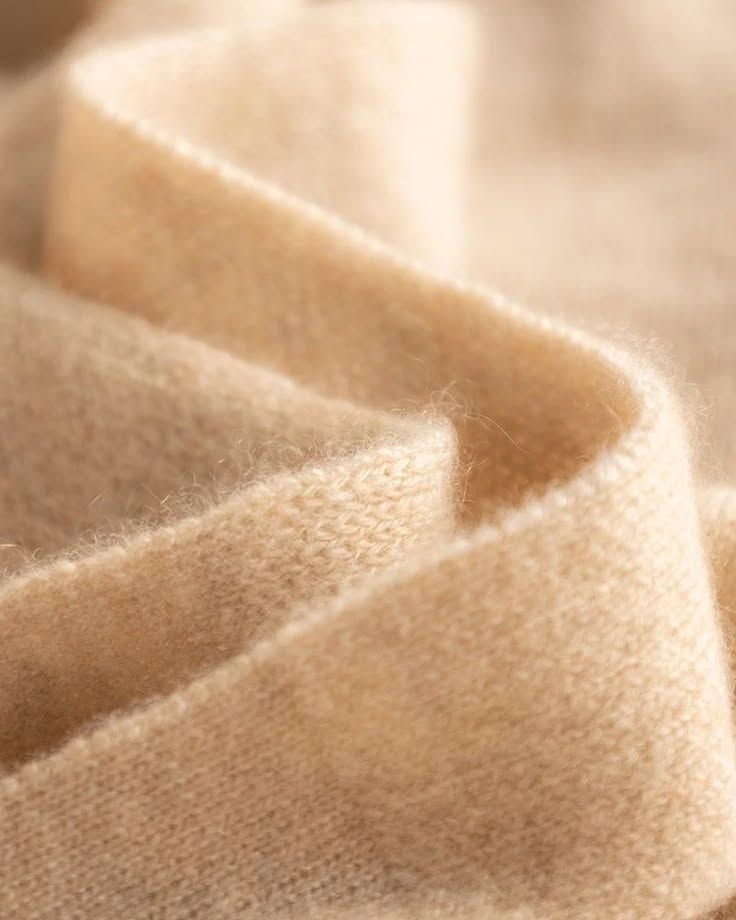
Why It Matters
Each type has its own vibe that Grade A for indulgence, B and C for practicality, pashmina for heritage, and recycled for conscience. Knowing this has changed how I shop. A $50 “cashmere” deal? Probably not Grade A or even cashmere at all. The FTC warns that mislabeling is rampant, so checking fiber content is key. For me, it’s about matching the type to the purpose that splurging on Grade A for a forever piece, or going recycled for everyday wear.
3. The Environmental Impact of Cashmere Production
I used to think about cashmere as this best present from nature that gentle, warm, and luxurious. But the more I dug into how it’s made, the greater I realized there’s a turn aspect. Behind every sweater or headscarf is a production technique that’s taken a toll on the earth, specifically in locations like Mongolia wherein maximum of it comes from. It’s not all doom and gloom. There are efforts to restore matters but the environmental fee is some thing I can’t unsee now.
Overgrazing and Grassland Collapse
The biggest issue starts with the goats. Cashmere comes from their undercoat, and to get more of it, herders have ramped up goat numbers way up. In Mongolia, which produces over 70% of the world’s raw cashmere, the goat population ballooned from 5 million in 1990 to 27 million by 2019, according to National Geographic. That’s a lot of hooves trampling fragile grasslands. The World Bank estimates that 70% of Mongolia’s pastures are now degraded, with soil eroding at about 1 cm per year in heavily grazed areas. I’ve seen photos of those steppes once lush, now patchy and bare and it’s hard to imagine my cozy sweater played a role in that.
(PIC From PIN)
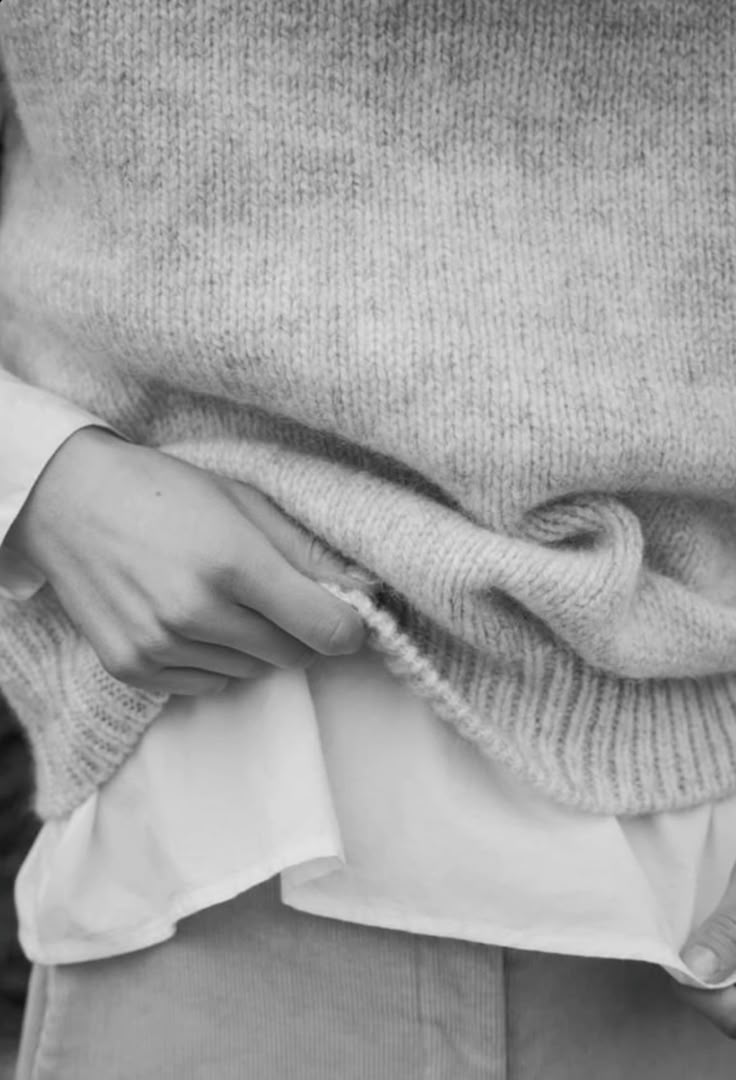
Unlike sheep, which nibble grass above the root, cashmere goats yank it out entirely, leaving little to regrow. A 2015 study in Environmental Research Letters found that this overgrazing has turned parts of Mongolia into dust bowls, worsening desertification. It’s a vicious cycle that less grass means less food for the goats, so herders add more to keep up production, and the land suffers more.
Water Use and Pollution
Then there’s the processing. Turning raw cashmere into fabric isn’t as simple as shearing and spinning. It involves washing, dyeing, and finishing and steps that guzzle water and sometimes chemicals. In China, the textile hub for cashmere, a 2018 Greenpeace report highlighted how wastewater from dyeing plants can pollute rivers if not treated properly. Exact water use varies, but the Ellen MacArthur Foundation estimates that producing 1 kg of finished textile like a cashmere coat can take 100-150 liters of water. I’ve walked by rivers near industrial zones before, and the thought of them carrying dye runoff from my scarf isn’t a happy one.
Efforts to Turn the Tide
It’s not all hopeless. Groups like the Sustainable Fibre Alliance (SFA) are working with herders to cap goat numbers and restore grasslands. Their 2023 update claims a 10% reduction in overgrazing in pilot areas, though scaling that up is slow going. Brands like Patagonia are also pushing recycled cashmere, cutting raw fiber demand by up to 50%, per the Ellen MacArthur Foundation. I’ve tried recycled cashmere. It’s not as plush, but knowing it’s lighter on the planet makes it appealing.
(PIC From PIN)
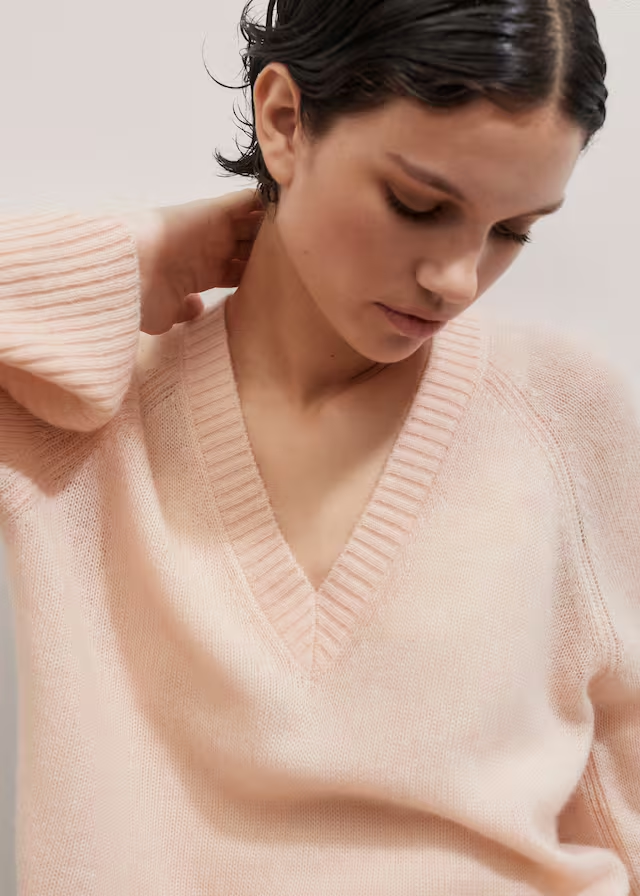
What It Means for Me
Learning this has shifted how I see cashmere. I still love its feel, but now I’m pickier that looking for brands that source responsibly or at least admit the trade-offs. The Natural Resources Defense Council (NRDC) puts it starkly: cashmere’s boom has outpaced what the earth can handle. It’s made me wonder if every new piece is worth it or if I should just cherish the ones I’ve got.
4. Q&A of the Cashmere Fabric
Q1: How to wash cashmere sweater?
A1: Washing cashmere isn’t as intimidating because it appears, but it does want a few TLC. I learned this the difficult way after gadget-washing a scarf years in the past and it didn’t end well. The right way is hand-washing in cold water with a mild detergent, like infant shampoo or a wool-particular wash (assume Woolite). Fill a basin, soak the sweater for 10-15 minutes, and gently press the water thru and don’t wring it, otherwise you’ll stretch the fibers. Rinse very well, then roll it in a clean towel to squeeze out excess water. Lay it flat to dry on a rack, far from heat or sunlight, that can cut back or fade it. A Good Housekeeping guide backs this up, noting that 80% of cashmere damage comes from improper washing. If you’re nervous, dry cleaning’s a safe bet which is my go-to for a prized sweater. But check the label first.
Q2: Does cashmere shrink?
A2: Yes, it can, but it’s not inevitable. I’ve shrunk a cashmere sock before (don’t ask, it was a laundry mishap), and it’s a bummer. Agitating it in a washing machine makes it worse, felting the fibers into a dense, smaller mess. That’s why hand-washing in cold water is key. I’ve also learned from The Spruce that if it does shrink, soaking it in lukewarm water with a bit of hair conditioner can sometimes relax the fibers back. Though it’s not a guaranteed fix. Stick to gentle care, and you’ll dodge the shrink trap.
(PIC From PIN)
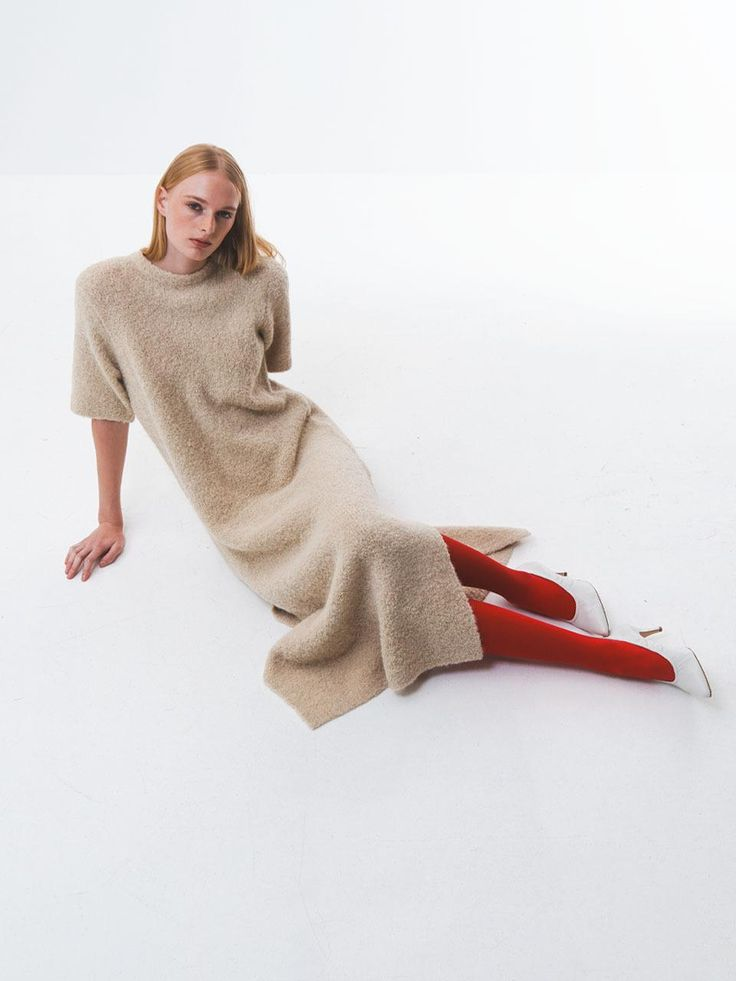
Q3: Is cashmere warm?
A3: Absolutely, it’s one of the warmest fabric I’ve worn. When I first bundled up in a cashmere headband on a windy day, I couldn’t accept as true with how toasty it saved me in spite of being so thin. Because cashmere is up to eight instances extra insulating than regular sheep’s wool through weight, way to its hollow-core fibers trapping air.
Q4: What does cashmere smell like?
A4: This one’s trickier, but I’ve noticed cashmere has a distinct vibe when you sniff it. Fresh from the store, it’s subtle. Earthy, faintly animal-like, almost like dry hay or a clean barn. That’s the natural scent of keratin, the protein in animal fibers, according to Scientific American. If you burn a strand to test authenticitya trick from FTC guidelines and it smells like burnt hair, sharp and organic, not the plasticky whiff of synthetics. I’ve done this with a loose thread, and it’s unmistakable. Over time, mine picks up a cozy, lived-in scent maybe a hint of my detergent or skin. A Vogue piece notes that wet cashmere can get musty if not dried right, so airing it out beats stuffing it damp in a drawer. It’s not perfumey. It’s real, raw, and oddly comforting.
5. Cashmere Fabric Representative Products
Coat
A cashmere coat is the remaining combo of sophistication and practicality. I’ve never felt greater placed-together than when I threw one on over jeans. Typically weighing 800-1,000 grams, those coats use about 1.5-2 kg of uncooked cashmere fiber, in step with Vogue, that is why they often price upwards of $1,000 from manufacturers like Burberry or Max Mara. The investment makes sense: cashmere’s first-rate fibers lure warmth like nothing else, keeping you toasty without the bulk of a puffy jacket. I’ve walked through wintry weather winds in one, and it’s like sporting a lightweight defend heat however never sweaty, way to its breathability.
A camel-colored cashmere overcoat screams classic chic think Audrey Hepburn vibes while a bold red one turns heads. Comfort’s the clincher, though draping over your shoulders, it feels indulgent yet practical, a rare combo that’s made it my cold-weather go-to.
Recommend : Max Mara - Max Mara Women Cashmere Coat

Top
Pair it with tailored trousers, and you’ve got effortless elegance; throw it under a denim jacket, and it’s casual cool. Comfort-wise, the hypoallergenic nature makes it a dream for sensitive skin, per Healthline. I’ve worn mine in spring and fall, and its breathability keeps me from overheating that pure genius in a tiny package.
Recommend 01: Max Mara - Urlo silk and cashmere top

Recommend 02: Adam Lippes - Parker Ribbed-Knit Cashmere-Silk Henley Top

Statement: None of the above products have charged any advertising fees!
6. My Point
Cashmere’s become my favorite fabric. Just purely for how it feels. My first coat hooked me: soft, warm, impossibly light. Now, with another coat and a top in my closet, I’m sold. That first one still turns heads after three years; the top keeps me cozy without itching. It’s rare, luxurious stuff that only 15,000-20,000 tons made yearly and I get why. It transforms any day, making jeans chic or a cold morning bearable. Sure, I worry about its environmental impact and pick brands carefully, but as a material? Unbeatable. It’s comfort and style in one, and I’m lucky to have it.
